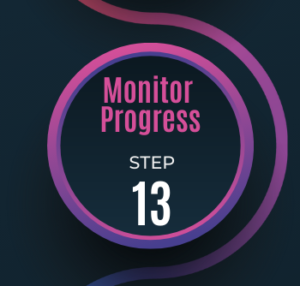
Steps of SEO: 1 Website Construction
Optimize your website structure to improve rankings and user experience. Our guide covers all essential elements for a well-organized and optimized site.



Optimize your website structure to improve rankings and user experience. Our guide covers all essential elements for a well-organized and optimized site.

Competitor analysis is a vital SEO step. Identify competitors, evaluate their website, keywords, backlinks, and social media presence to find opportunities to improve your own website’s visibility.

Importance of monitoring progress in SEO: Regularly tracking key metrics, staying up-to-date with trends, and continuously improving your website to achieve success.